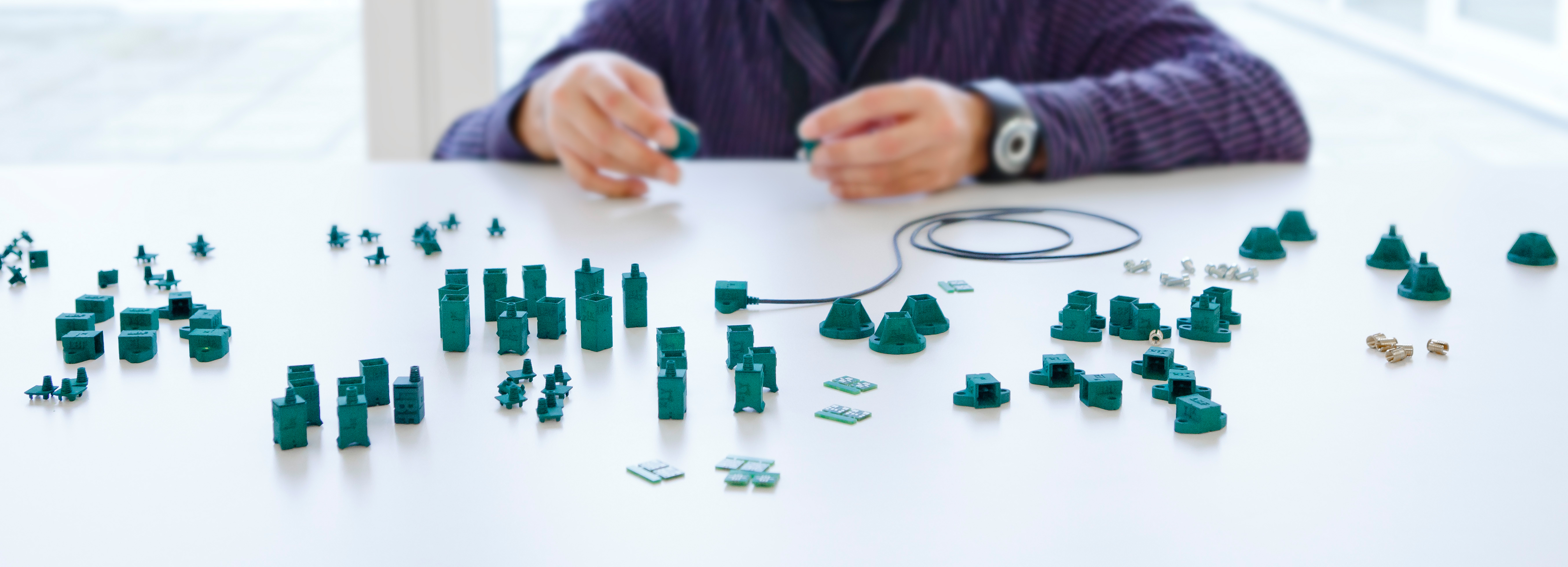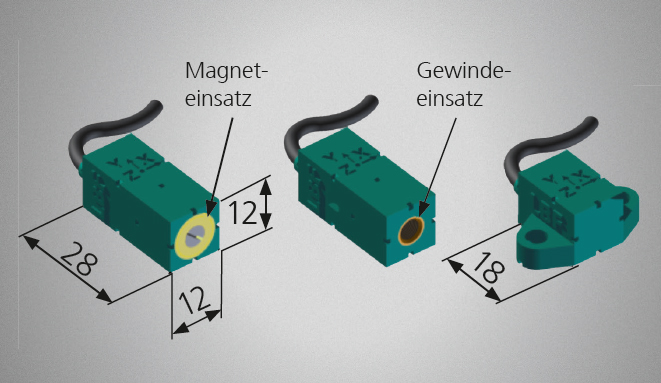To detect vibration of motors, machines, facilities or the structures connected to them, two different types of sensors are often used: piezoelectric sensors and microelectromechanical sensors (MEMS). Due to their high cost, piezoelectric sensors are mainly found in laboratory and test operation, whereas MEMS, thanks to their low manufacturing costs, are now installed in very many system boards.
New sensor technology: economical and flexible
Low-cost MEMS sensors for vibration measurement on structures
Challenge:
In general, piezoelectric sensors are characterized by the high quality of the measuring values and cover a large frequency spectrum. In order to process the measured values, signal conditioners and charge amplifiers are needed in addition. Due to the high quality standard and the need for signal conditioning, such systems are quite expensive.
Solution:
The use of MEMS is a lower-cost alternative. These sensors are already employed successfully, in the shape of integrated circuits, in many areas, e. g. in the automotive industry, in smartphones or tablet computers. The MEMS chips are integrated, e. g., on system boards of engine control units or telephones. Some time ago, sensor manufacturers started to offer cheaper sensors based on MEMS technology as stand-alone systems in standard design.
Principle of operation and benefits:
At Fraunhofer LBF, we have developed a space-saving board, thanks to which it is now possible to manufacture cheaper 1 to 3-axis acceleration sensors with housing to customers' specifications. The sensitivity of the MEMS-based acceleration sensors is quite high (up to 1000 m V/g) and they may be applied over a frequency range of up to 2500 Hz, which should be sufficient for most applications. The housings are manufactured by means of an SLM (selective laser melting) machine. Since they are manufactured by rapid prototyping technology, the shape can easily be adapted to fit the application position, thus enabling accurate positioning on the structure which is to be measured. Further parameters might be measured by replacing the MEMS sensors, e. g. with sensors for magnetic fields, inclination etc. Typically, the sensors work at supply voltages below 10 V and may be equipped with various connector plugs, depending on the application and/or the customer's wishes.
Currently, we are working on a low-cost readout device, with which it will be possible to read out, display and store the sensor data with the help of a smartphone app. The sensors are available from the Fraunhofer LBF spin-off company ISYS Adaptive Solutions GmbH.
 Fraunhofer Institute for Structural Durability and System Reliability LBF
Fraunhofer Institute for Structural Durability and System Reliability LBF
